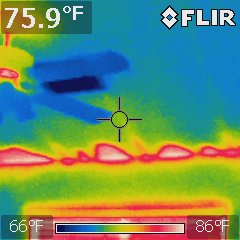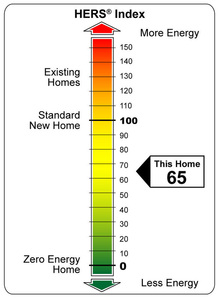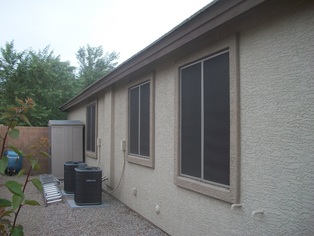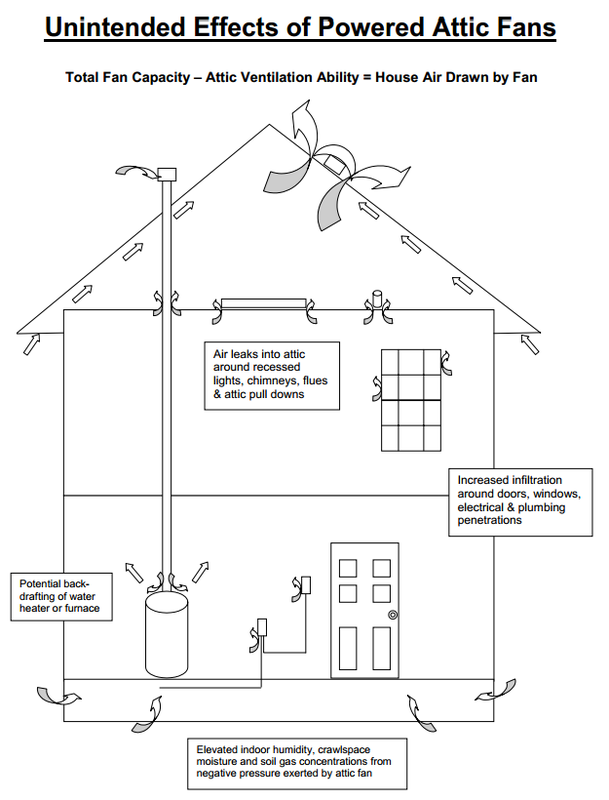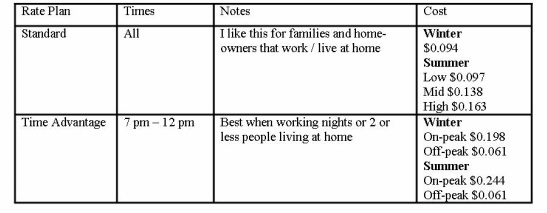While making energy saving improvements to your home is backed by both APS, SRP and the Department of Energy's Home Performance With Energy Star Program there are many unethical companies
out there that are taking advantage of these programs and making a bad
name for those home performance companies that are doing things right.
Many of the unethical companies are using the APS and SRP
program as a cover, making it appear that they follow the strict
guidelines of their program by simply using their logos, mixing the
solar rebate program with the home performance rebates, and taking the
rebates off the top of the costs so it appears you are getting the
rebate when actually it is just a smoke and mirrors trick. These
companies are hurting both homeowners and home performance contractors
alike.
Here are some guidelines to help you spot a phony from a real home performance contractor.
1. The company has called you from an auto dialer blast.
2. The company rep does not go past the attic hatch in their inspection of your attic (the pros know this is where the majority of your problems lie and it's not just about adding insulation or radiant barriers)
3. The company rep does not do a blower door test or a full energy audit on your home .
4. The green energy company rep is not BPI certified. This is the basic certification all energy consultants will have to know what to look for in your home and to give you energy saving recommendations based on what your home needs.
5. The company will start at a price point in the range of $20,000 for a solar/ solar water heater/ radiant barrier/ solar attic fan package.
6. The company will not perform a test-out audit with a blower door fan.
Here is what you can ask the green energy company to protect yourself from buying something that will not fix your hot and cold rooms or make your home more energy efficient.
1. The green energy companies BPI certification and make sure the energy consultant at your home is BPI certified.
2. Call APS and SRP at (602) 532-2991 to verify they are on the Home Performance With Energy Star Program.
3. Your energy consultant should talk to you about at a minimum hour air leakage, duct leakage, room pressure and duct static pressure. These are part of the required tests all APS and SRP certified companies need to do or their inspection.
4. You should complete a home performance authorization form found on APS and SRP's website.
Don't get us wrong, there is nothing wrong with solar electricity or solar hot water heaters. The danger or harm comes from homeowners thinking they are making their home more energy efficient when many issues are still left unfixed and things that were never tested for or addressed. Things like air balancing, high room pressures, high static pressure, insulation that is installed wrong, air barriers that leave the house uninsulated and overpromising the cost savings from radiant barriers. An additional benefit to using a home performance contractor is that the utility companies will audit our work, so you have another party watching your back.
Disclaimer: Green ID's energy auditors are all BPI Certified. Green ID's founder, David Byrnes, is a BPI trainer and LEED AP professional. We do not recommend radiant barrier products without first addressing a homes' priority needs by performing a whole home energy audit.
Here are some guidelines to help you spot a phony from a real home performance contractor.
1. The company has called you from an auto dialer blast.
2. The company rep does not go past the attic hatch in their inspection of your attic (the pros know this is where the majority of your problems lie and it's not just about adding insulation or radiant barriers)
3. The company rep does not do a blower door test or a full energy audit on your home .
4. The green energy company rep is not BPI certified. This is the basic certification all energy consultants will have to know what to look for in your home and to give you energy saving recommendations based on what your home needs.
5. The company will start at a price point in the range of $20,000 for a solar/ solar water heater/ radiant barrier/ solar attic fan package.
6. The company will not perform a test-out audit with a blower door fan.
Here is what you can ask the green energy company to protect yourself from buying something that will not fix your hot and cold rooms or make your home more energy efficient.
1. The green energy companies BPI certification and make sure the energy consultant at your home is BPI certified.
2. Call APS and SRP at (602) 532-2991 to verify they are on the Home Performance With Energy Star Program.
3. Your energy consultant should talk to you about at a minimum hour air leakage, duct leakage, room pressure and duct static pressure. These are part of the required tests all APS and SRP certified companies need to do or their inspection.
4. You should complete a home performance authorization form found on APS and SRP's website.
Don't get us wrong, there is nothing wrong with solar electricity or solar hot water heaters. The danger or harm comes from homeowners thinking they are making their home more energy efficient when many issues are still left unfixed and things that were never tested for or addressed. Things like air balancing, high room pressures, high static pressure, insulation that is installed wrong, air barriers that leave the house uninsulated and overpromising the cost savings from radiant barriers. An additional benefit to using a home performance contractor is that the utility companies will audit our work, so you have another party watching your back.
Disclaimer: Green ID's energy auditors are all BPI Certified. Green ID's founder, David Byrnes, is a BPI trainer and LEED AP professional. We do not recommend radiant barrier products without first addressing a homes' priority needs by performing a whole home energy audit.


